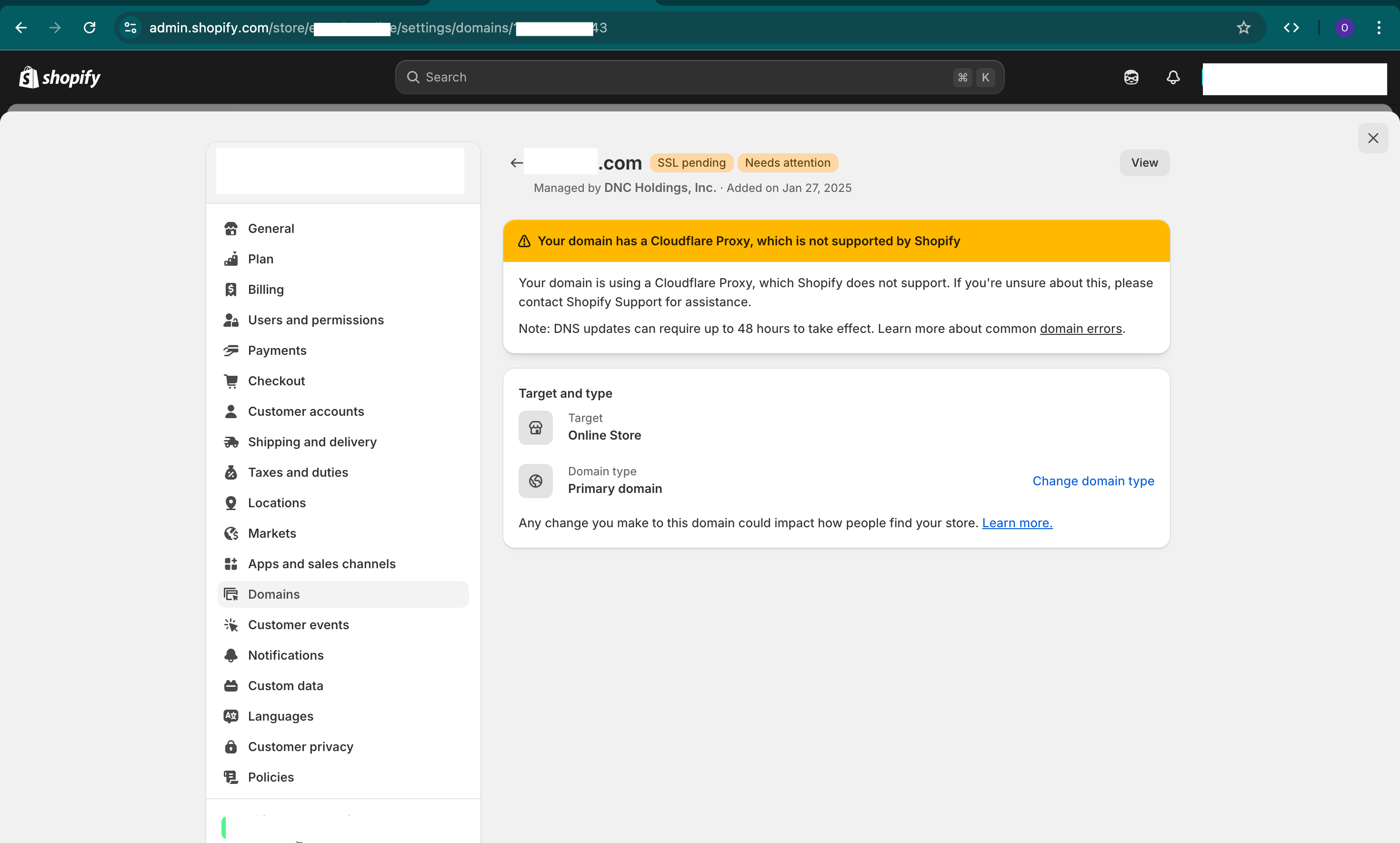In today's article, I want to cover Cloudflare. It's one of my favorite platforms that I use for managing websites, securing them, handling their DNS and CDN, and more. I want to share everything I know about it, show you the backend, explain why I like it, what it is, give you some cool insights, and help you decide if you want to use Cloudflare or not.
What is Cloudflare?
First of all, most people know Cloudflare as a CDN (Content Delivery Network) and a DNS manager.
-
CDN: This allows your website to serve its content—like images and scripts—from servers around the world that are closer to the user browsing your site. This increases the speed of content delivery, reduces the load on your servers, and makes your website faster.
-
DNS Management: DNS is where you manage the routing of which servers host your website and which email servers provide email services for you.
Cloudflare sits between your website and the users. When someone asks for the server for your domain—for example, onescales.com—it goes through Cloudflare. Cloudflare knows the DNS records and provides them. It checks for security and speed, gives the address of the server, and then delivers the content, like images, optimizing and speeding them up.
But Cloudflare does more than just that. It offers speed optimization and security features:
- Firewalls
- Image Compression
- SSL Certificates
Diving into Cloudflare
I have an account with Cloudflare, and you can host more than one domain. There are free plans and paid ones. Here's a breakdown of what you can do once you have a domain set up.
Dashboard
- Visitors and Requests: See the number of visitors and how many times Cloudflare had to deal with DNS or server requests.
Analytics and Logs
- Visitor Data: View data about your visitors, DNS requests, and website requests.
- Security Insights: Check for threats and receive recommendations.
- Bandwidth Reports: Get reports on bandwidth usage and optimization suggestions.
Managing DNS Records
- DNS Management: It's a simple and efficient way to manage the routing of your emails, website, and other services.
- A Records and CNAME Records: Specify which servers or IPs host your website. For example, we use Shopify.
- Proxying Domains: By proxying certain domains (e.g., tools.onescales.com), Cloudflare sits between your server and the visitor, allowing for added security and speed optimization.
Email Routing and Security
- Email Routing: Cloudflare offers email routing and additional security features.
- DMARC Management: Improve your email deliverability and manage spam by setting DMARC policies through Cloudflare's DNS records.
SSL/TLS Settings
- Free SSL Certificates: Cloudflare provides free SSL certificates.
-
Security Levels:
- Flexible: Secures traffic between Cloudflare and the browser.
- Full: Secures traffic between your web server, Cloudflare, and the browser.
- Full (Strict): Adds an extra layer of security.
Security Features
Firewall
- Managed Rules: Pre-set rules you can enable.
- Custom Rules: Set your own rules to block specific IPs, countries, URLs, etc.
- Blocking AI Scrapers: For example, blocking ChatGPT and Gemini from accessing tools.onescales.com.
Page Shield
- JavaScript Security: Monitors your website to reduce hacks through JavaScript dependencies.
Bot Management
- Reduce Bot Traffic: Prevent bots from scraping data, slowing down your site, or stealing information.
DDoS Protection
- Monitor and Block Attacks: Stop attackers from overwhelming your website with traffic.
Speed Optimization
CDN Services
- Global Servers: Serve content from servers closer to your users.
- Image Compression: Compress images to make them load faster.
- Code Optimization: Minify CSS and JavaScript files.
- Protocol Optimization: Use HTTP/3 for faster connections.
Caching
- Reduce Server Load: Cache images, JavaScript, and CSS to reduce requests to your server.
- Custom Caching Rules: Specify how long content stays cached, both on the browser and Cloudflare's side.
Rules and Network Settings
Page Rules and Redirects
- URL Redirects: Redirect old pages to new ones without server-side changes.
Network Optimization
- Advanced Settings: Adjust settings to optimize network performance and restrict certain activities (e.g., upload size limits).
Traffic Management
Argo Smart Routing
- Faster Data Transfer: A paid feature that optimizes the route data takes through the internet.
Load Balancing
- Distribute Traffic: Spread traffic across multiple servers to improve performance and reliability.
- Failover and Health Checks: Automatically reroute traffic if a server goes down.
Waiting Room
- Manage High Traffic: Place excess visitors in a virtual waiting room during traffic spikes to prevent server overload.
Additional Features
Custom Pages
- Fallback Content: Serve custom HTML pages if your server goes down.
Scrape Shield
- Protect Content: Prevent bots from stealing your content or images.
Zaraz
- Third-Party Tool Management: An alternative to Google Tag Manager to manage third-party scripts more efficiently.
Web3 Support
- Blockchain Integration: Access Web3 technologies through Cloudflare, like connecting to the Ethereum network.
Account-Level Settings
Domain Registration
- Affordable Domains: Cloudflare offers competitive pricing on domain registration (around $9/year).
Analytics
- Traffic Insights: View traffic sources, countries, request numbers, and more.
Security Center
- Recommendations: Get reports and suggestions to enhance your website's security.
Firewall (WAF)
- Account-Level Protection: Set firewall rules that apply to all your domains.
Turnstile
- CAPTCHA Alternative: An increasingly popular tool to verify if a visitor is human without traditional CAPTCHA challenges.
Advanced Features
Zero Trust
- Secure Access: Allows businesses to set security parameters for accessing internal systems without a VPN.
Workers and Pages
- Serverless Functions: Run code (like JavaScript) on Cloudflare's infrastructure without managing your own server.
R2 Storage
- Cloud Storage: Store files in the cloud similar to Amazon S3.
Stream
- Video Hosting: Host and stream videos easily without complex infrastructure.
Image Optimization
- On-the-Fly Transformation: Resize, crop, and optimize images dynamically.
WebRTC
- Real-Time Communication: Build applications for audio and video communication directly through Cloudflare.
Pricing
- Free Plan: Includes many basic features suitable for small websites.
- Pro Plan: Offers additional speed optimizations, image optimization, and advanced security features for $20/month.
- Other Plans: Enterprise-level plans are available for larger organizations with specific needs.
Conclusion
That's a quick overview of Cloudflare. I really like it and hope you consider using it. If you have any questions or want to dive deeper into specific features—like security, caching, or speeding up your website—let me know. We've used Cloudflare extensively and are here to help.



2 comments
check out 5:13 from video above
Can you give an example of how the A and AAAA and CNAME is supposed to look